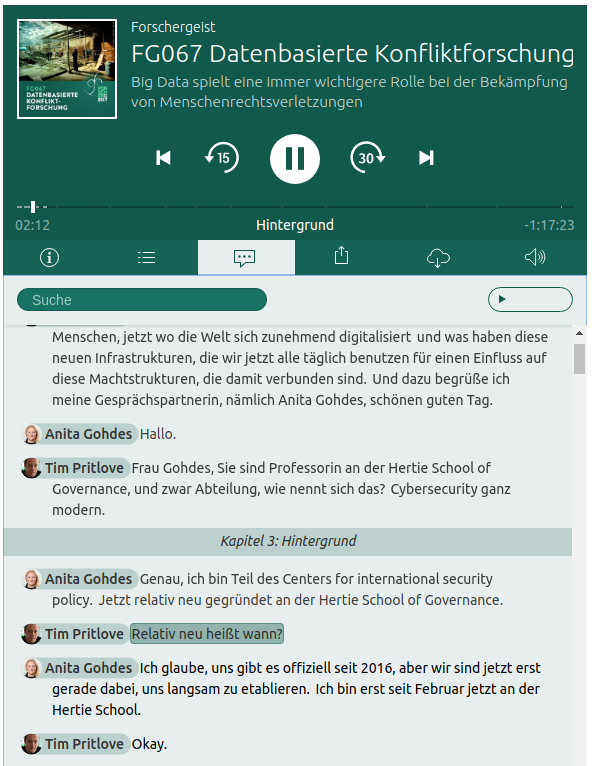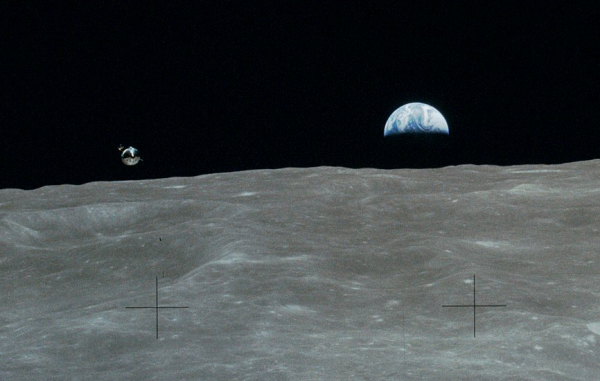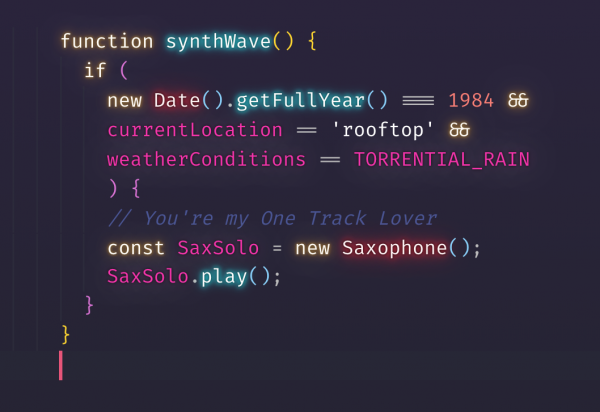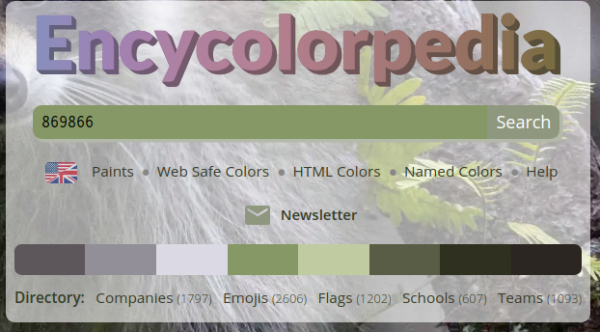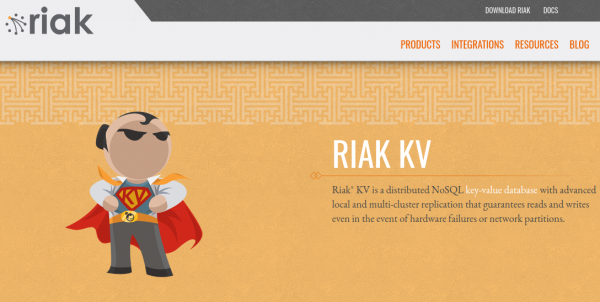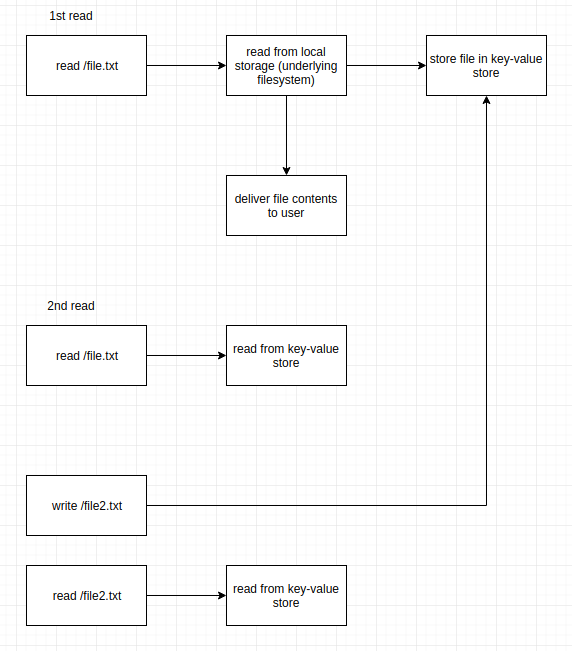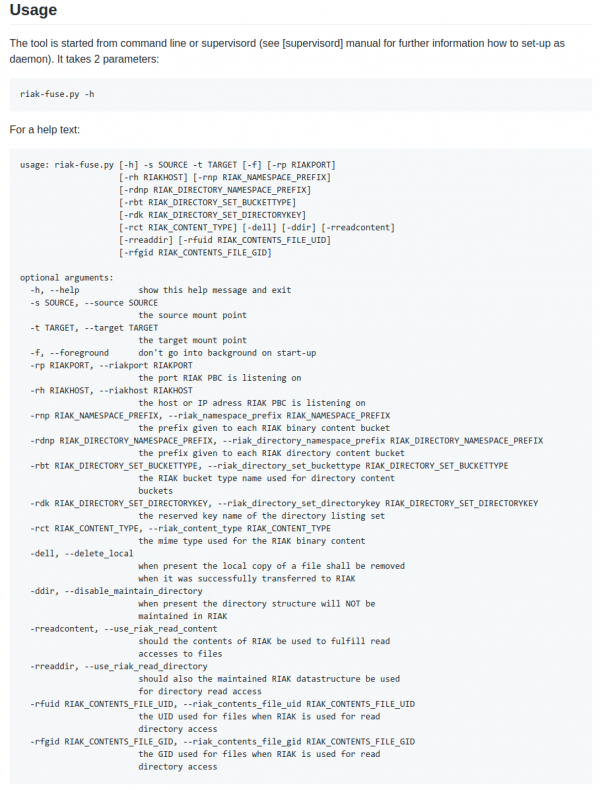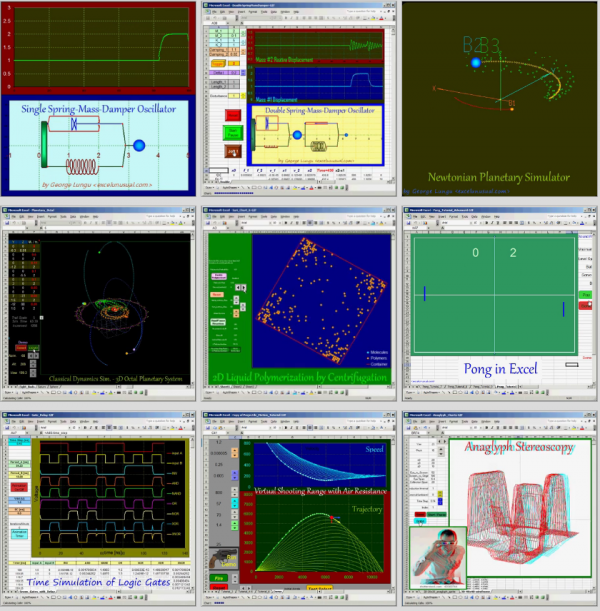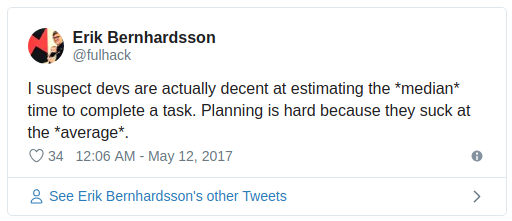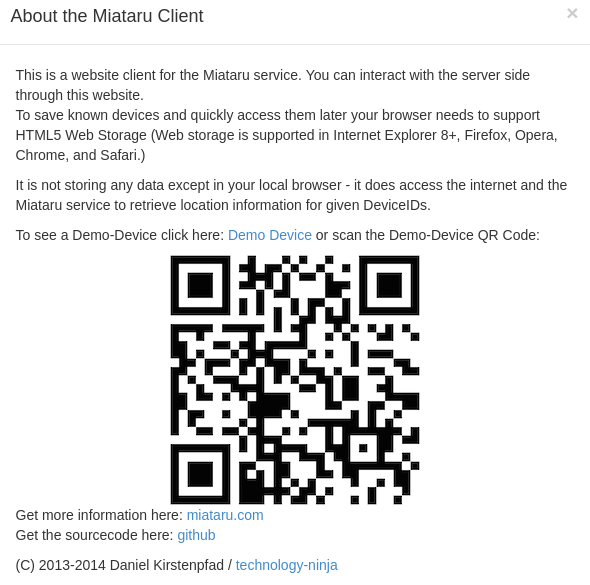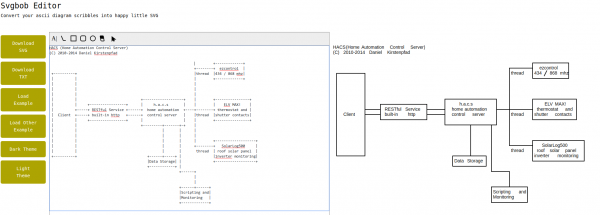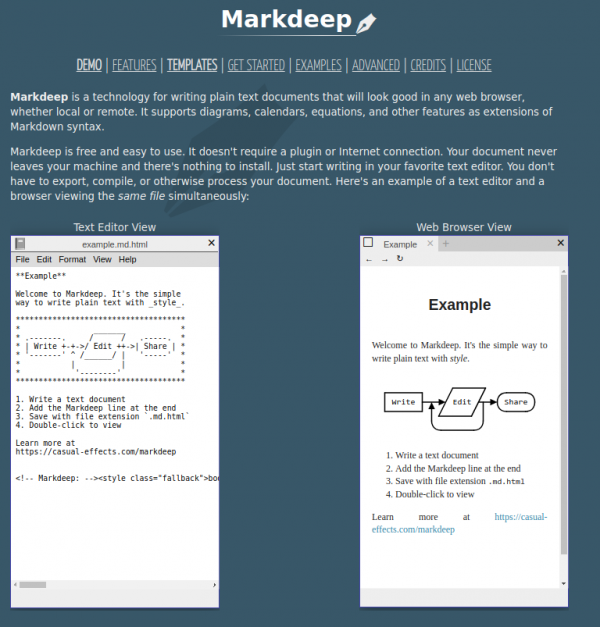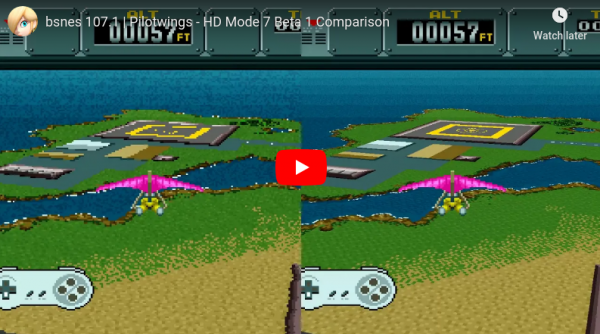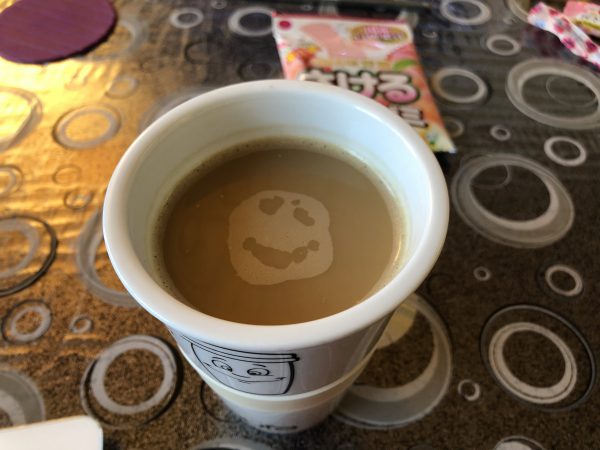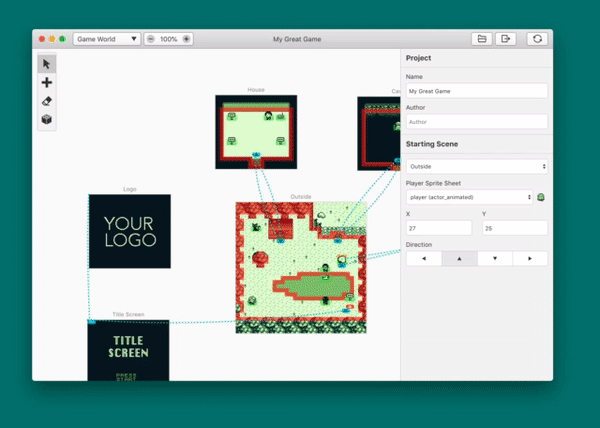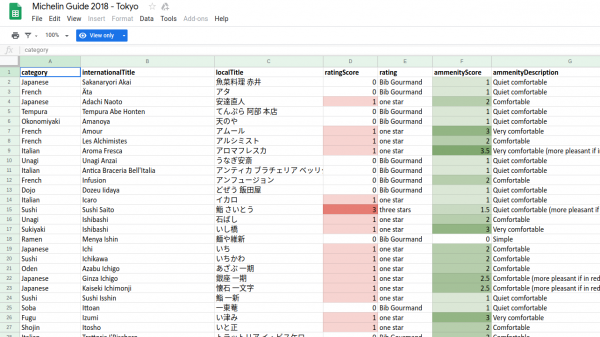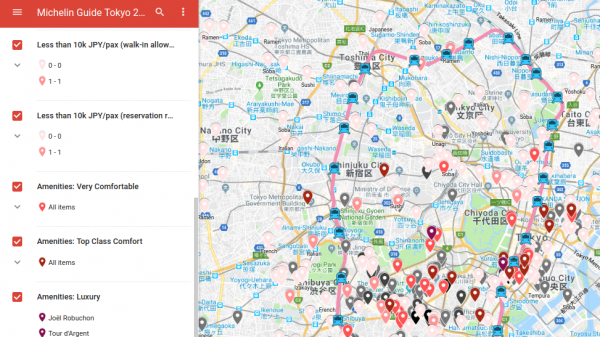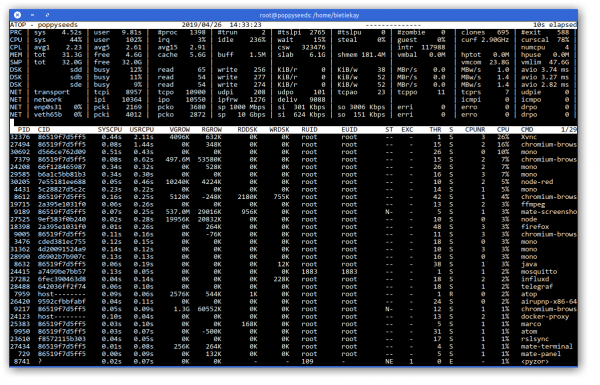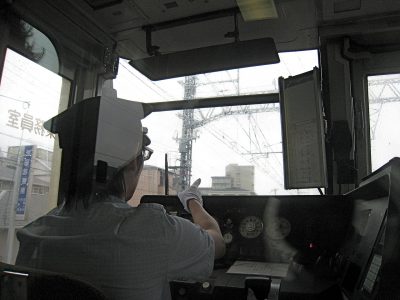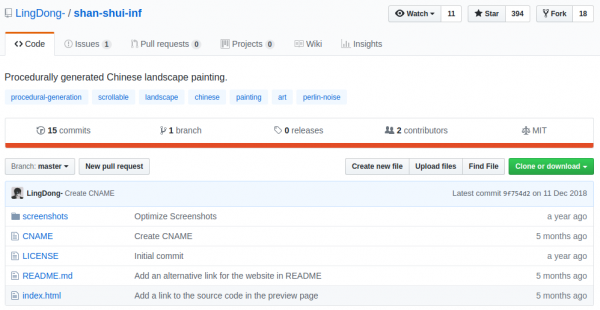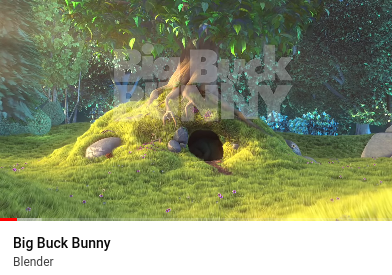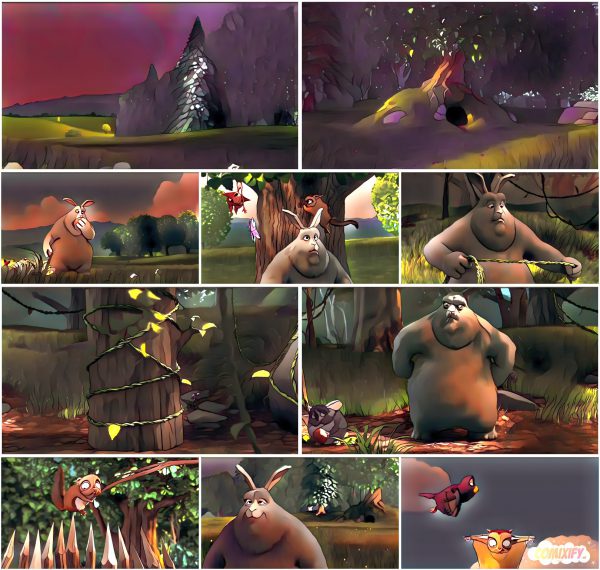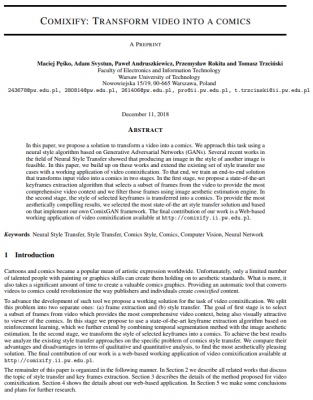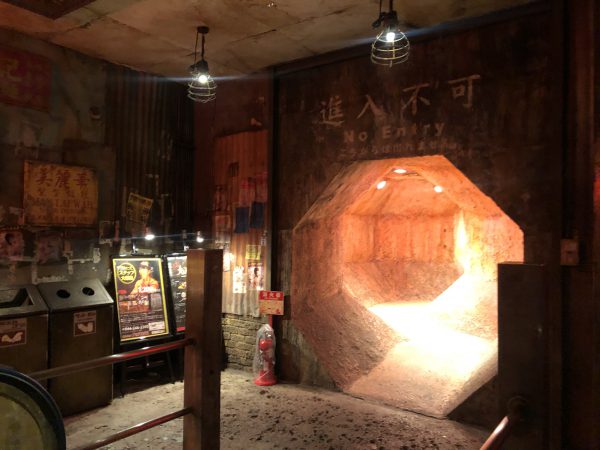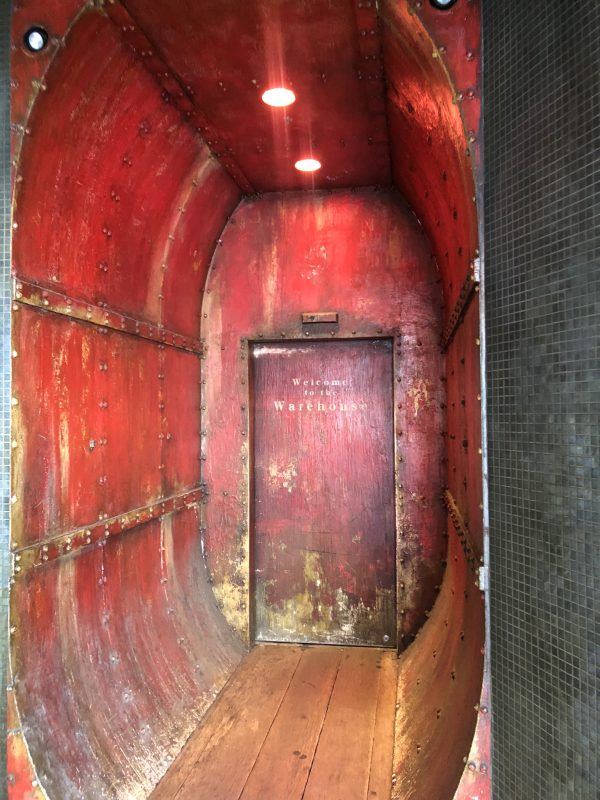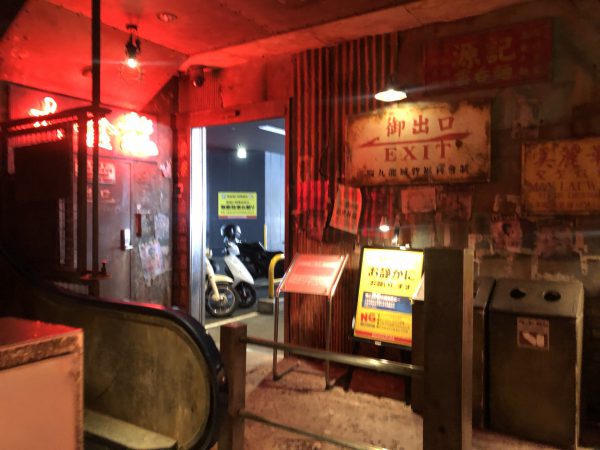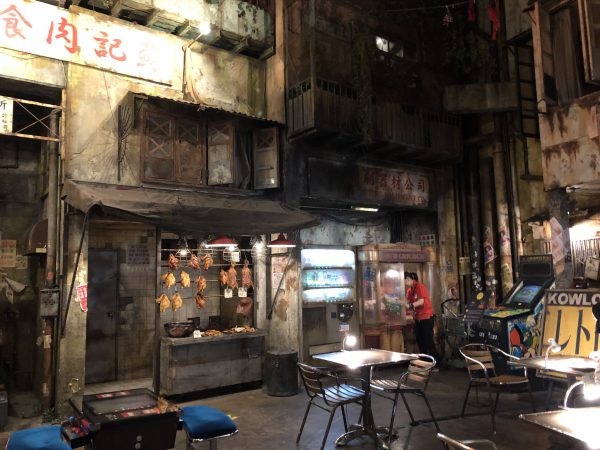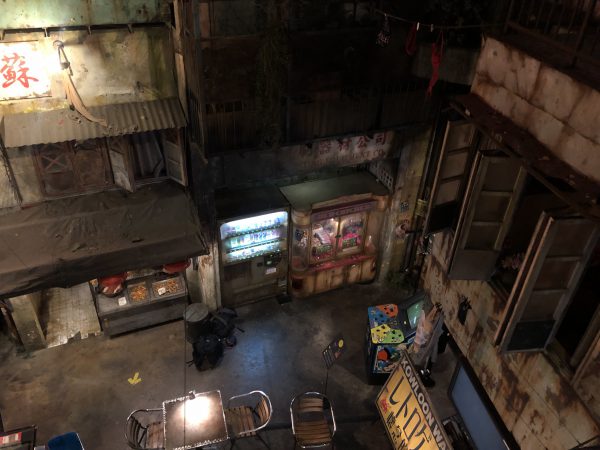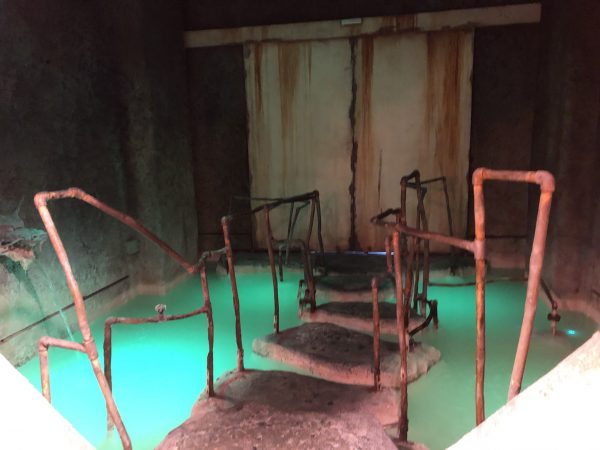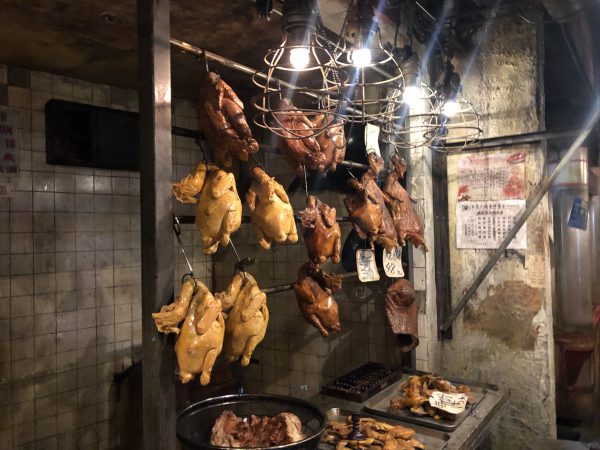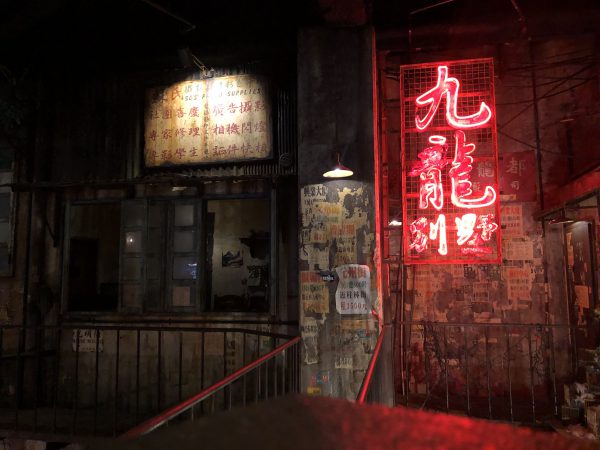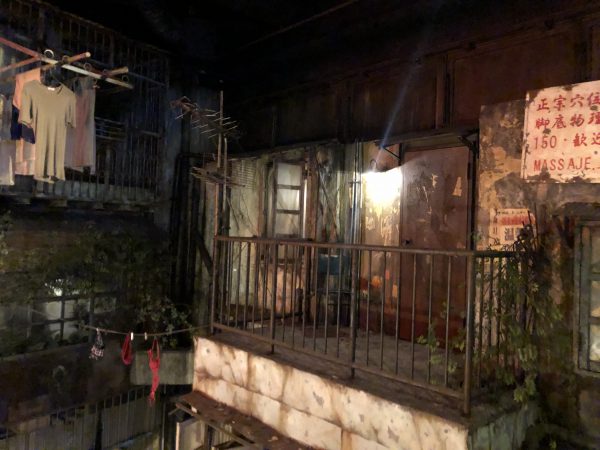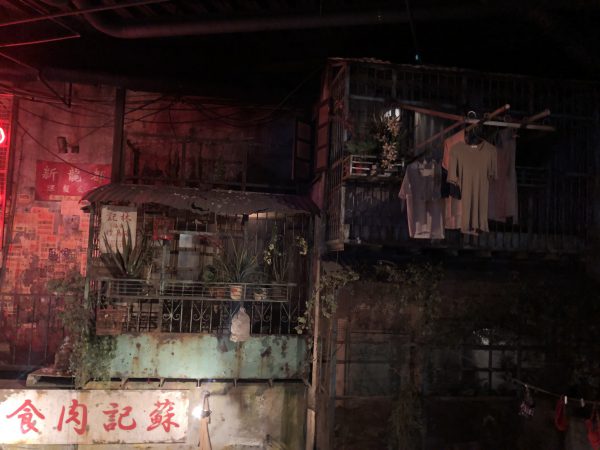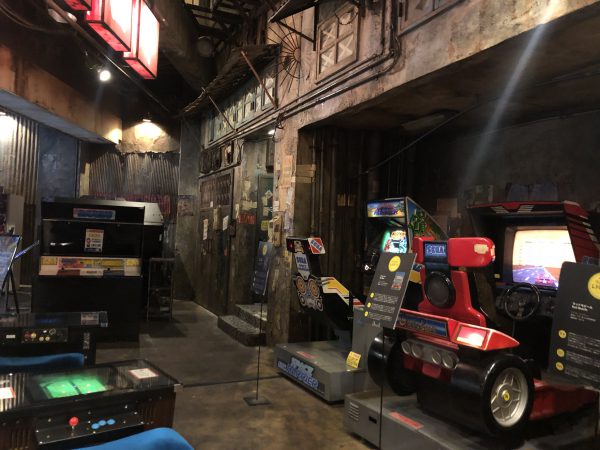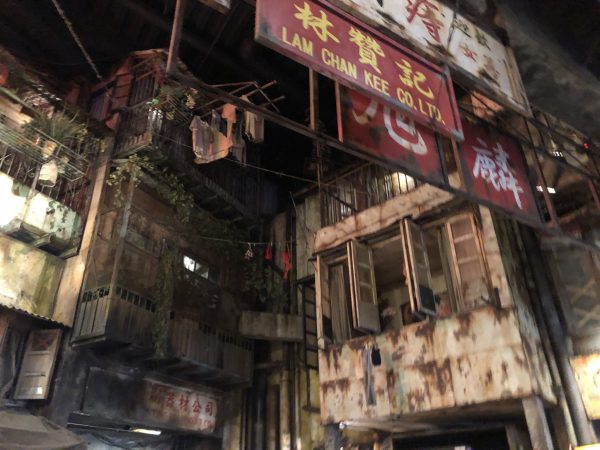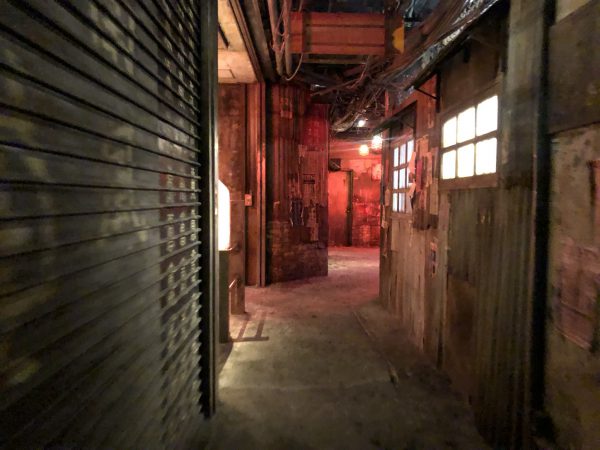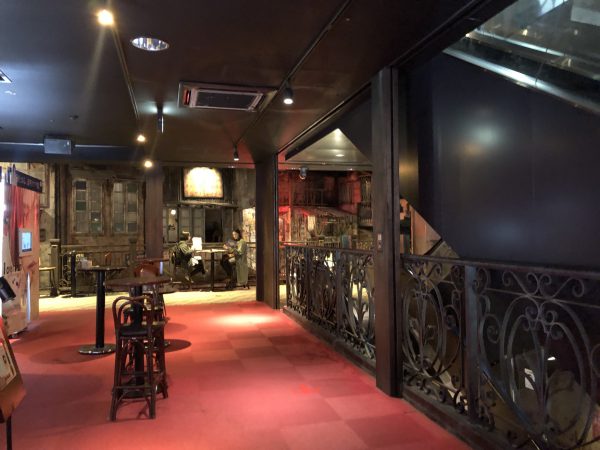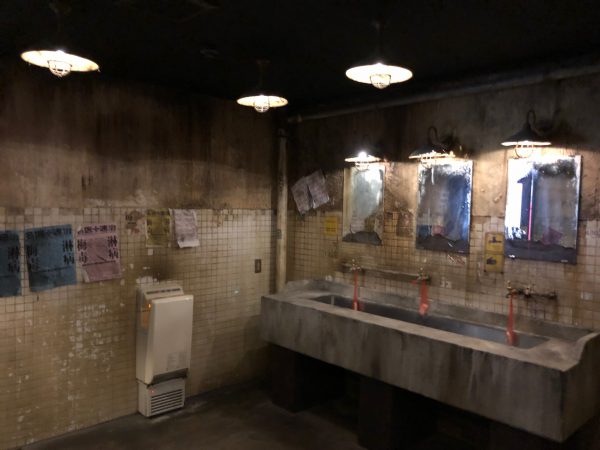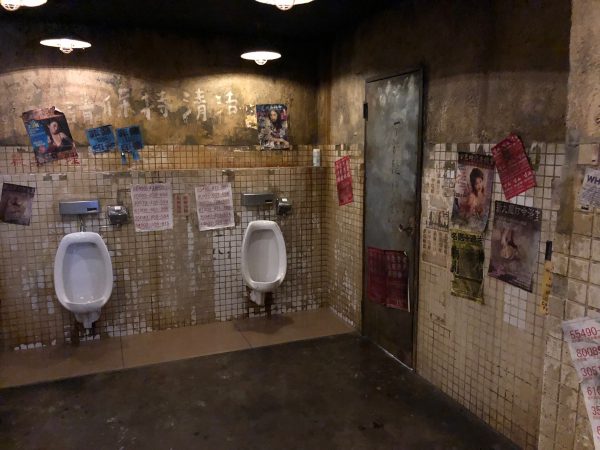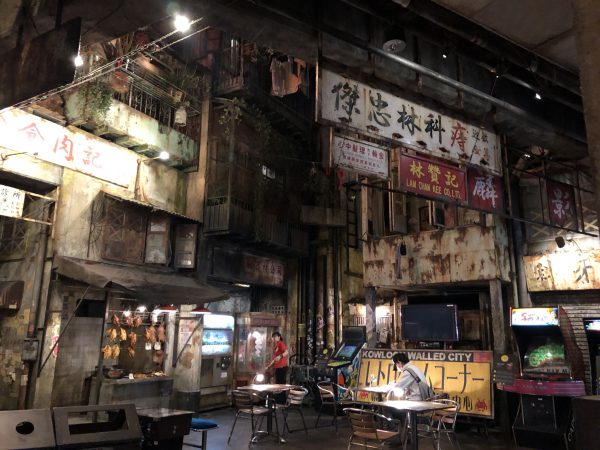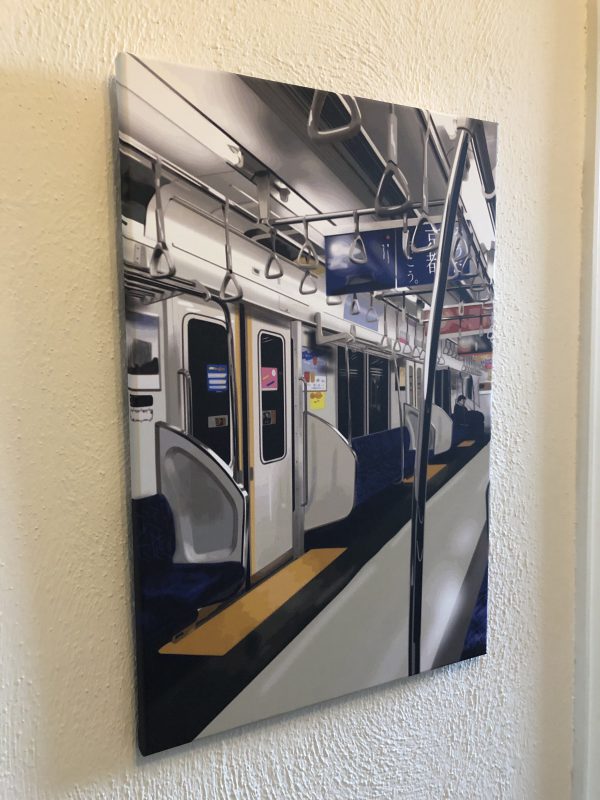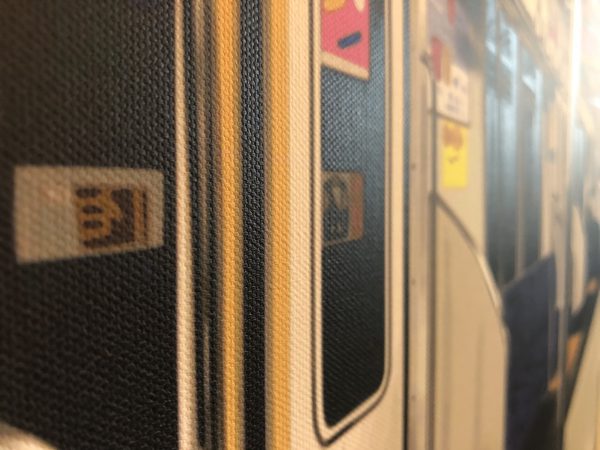Sweetmorn 5 Confusion: The Apostle Sri Syadasti’s Holyday. An Indian Pundit and Prince, born of the Peyotl Tribe, son of Gentle Chief Sun Flower Seed and the squaw Merry Jane. Living embodiment of the Discordian Affirmation. Patron to psychedelic type Discordians.
Syaday
the future of (speech) podcasts
The Podlove project once again leads the way to improve the experience and the way we interact with knowledge and thoughts. With the most current announcement and introduction of transcription-support for podcasts. Click on it right now and try it yourself.
Fulltext-search. Listening to podcasts by reading them. This-is-amazing!
Transcripts are coming
from the Podlove Publisher 2.8 announcement
Transcripts are an incredibly desirable thing to have for podcasts: they allow searching for specific parts, increase searchability by search sites when presented properly and they increase the accessibility of audio content significantly too.
However, transcripts have been considerably difficult to be created and used. Manually created transcripts are costly in terms of time and money and even if you spend the money there has been a lack of technical standards for storing and integrating transcripts into websites in a defined way.
This is now slowly changing: more and more automated speech-to-text systems are becoming available at reasonable costs and they are creating ever better transcripts with more and more languages being supported.
Still, automatic transcripts trail manually created transcripts in terms of accuracy, punctuation and so on but they are increasingly useful when they are primarily used for improving search results or helping you with your internal research when trying to find content in your older episodes.
New services are also coming up to deal with these problems by allowing users to quickly build on automatic transcripts and improve them manually in an assisted fashion. We will soon see a landscape of tools and services that will make creating transcripts easy and cheap enough for more and more podcasters so it’s time to come up with a good integration.
Last but not least, the WebVTT file format has become a de-facto common denominator for passing transcripts along, supporting time codes, speaker identification and a rudimentary set of meta data. While not perfect it’s enough to get a transcript infrastructure up and running and Podlove is leading the way.
done.
Server move has been finished!
If you can read this article you are already getting this website served from the new machine and your DNS got the memo to update.
かくれんぼ
かくれんぼ – kakurenbo – Hide and Seek
見つけた!- mitsuketa – I found you!
見つかった!- mitsukatta – You found me!
Freut euch des Labenz!
Labenz, das
https://labenz.neutsch.org/index.php
Ein allgemein bekannter Gegenstand oder eine vertraute Erfahrung, für den oder die bisher noch keine Bezeichnung existiert.
Douglas Adams, John Lloyd & Sven Böttcher: Der tiefere Sinn des Labenz
Im Leben gibt es unzählige Dinge, Gefühle, Menschentypen und Situationen, die jeder aus dem Alltag kennt, denen man aber bisher versäumt hat, einen Namen zu geben. Wer kennt das nicht: Man steht gedankenverloren in der Küche und fragt sich, was man dort eigentlich wollte. Oder wie heißt eigentlich dieser halblose Plastikrand unten an Kunststoffflaschenschraubdeckeln?
As for the english speaking audience: Douglas Adams, The meaning of Liff
make linux fast (unsecure) again
The CPU/hardware related bugs surfacing the last couple of years have mostly been fixed by adjusting the software that is run. Sometimes only by disabling certain features of a CPU or patching the microcode in the CPU itself.
The issue with this is that by fixing these issues features got disabled and workarounds had been introduced that lowered performance. Dramatically so for some use-cases.
By how much? Well it really depends on your CPU and use-cases. But maybe you want to try yourself. If you want to know the most current parameters to pass to your kernel on boot-up to disable all the performance impacting fixes, go here:
It is not recommended to have this in productive use – as you can imagine. Those bugs where fixed for a reason.
Earth, Moon, Spaceship.
As you might know humans are going to go “back to the moon“. At least when you ask a certain eCommerce mogul.
We have been there already. 40+ years ago. And since then we have unlearnt how to do it.
Just to give an impression of what we as humans where capable to achieve 40 years ago:
There’s a whole collection of these photos freely available for further digging. Go there and spend a day!
Imagine: Humans flew there and back. With 60s tech. What can we do now when we want it?
Of course. The important bit is not really flying there and back. The most important thing for me is perspective.
Look at that small blue-white marble. We should reset our perspectives regularly.
bumps ahead
This website is delivered to you by a single dedicated server in a datacenter in Germany. This server is old.
11:13:58 up 1320 days, 25 min, 2 users, load average: 1.87, 1.43, 1.25
uptime
And I am replacing it. While doing so I am going to take some shortcuts to lower the effort I have to put in for the move.
It will save me 2 days of work. It will mean for you: there might be some interruptions of the services provided by this website (there are more than this page…).
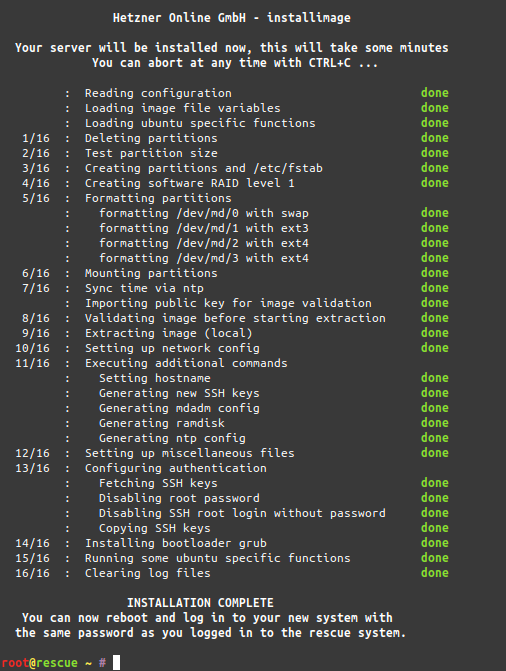
legit programming language
Programs written in legit are defined entirely by the graph of commits in a Git repository. The content of the repository is ignored.
legit is designed so that all relevant information is visible when runninggit log --graph --oneline.
For example, here is “hello world”:
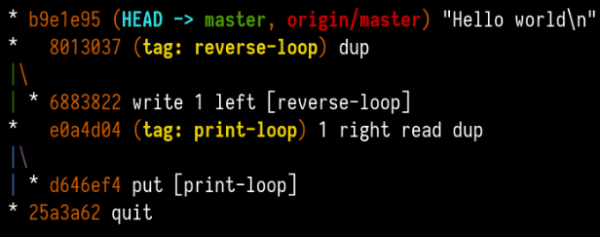
You can find implementations of legit, as well as some example programs, on GitHub: https://github.com/blinry/legit. The entry in the Esolang wiki is at https://esolangs.org/wiki/Legit.
80s code editor theme
The beginning of the decade saw the continuation of the clothing styles of the late 1970s and evolved into heavy metal fashion by the end. However, it had a lot of changes considering that, this fashion became more and more extravagant during the 80s.
The 80s included things like teased hair, ripped jeans, neon clothing and lots of colours and different designs which at first weren’t accepted for a lot of people.
Popular Culture in the 80s
Do you remember that endless summer back in ’84? Cruising down the ocean-highway with the top down, the wind in our hair and heads buzzing with neon dreams?
Synthwave’84 theme
No, I don’t remember it either, but with this experimental theme we can go there.
celebrate the Defenestration of Prague Day
Pungenday 70 Discord, 2784 YOLD (May 23, 1618 AD) Prague: a few royal officials were thrown out a window of Hradcany Castle by some noblemen, but survived the fall by landing in a cart full of manure. The date for this event falls on an extremely Illuminated day of the Gregorian Calendar, 5/23.
shared calendar
Encycolorpedia
Who would not want to know a place where colors are central. An encyclopedia of color names and many associations to colors.
Like company logos, HTML color codes, named colors, emojis, flags, schools, sport teams, …
transparently migrate data from local file storage to key-value-stores like RIAK KV
About 2 years ago I sat down and wrote a filesystem. Well not from scratch but using the great FUSE (Filesystem in Userspace) framework. I’ve released it as open-source later on Github:
This script acts as glue between a local file storage mount point and RIAK. It is targeted at specific use cases when local mount-points need to be migrated to RIAK without changing the applications accessing those mount point. Think of it as a transparent RIAK filesystem layer with multiple options to control it’s behavior regarding local files.
riakfuse
I had a very specific purpose in mind when I wrote this: There was a local filesystem that got filled up and because of technical restrictions we were not able to resize it or even completely copy it without interrupting the service using the data stored there.
Since we were already using the RIAK Key-Value Database for certain binary loads the idea came up to also utilize this key-value concept for a filesystem.
The idea now is: You have a local filesystem that holds a lot of folders and files already and you want to gradually want to move it to new grounds.
This migration needed to happen with minimal service interruptions assuming that there is constant reading and writing happening.
In this riak-fuse project I’ve written an overlay filesystem that steps between the application and the underlying “old”-filesystem. It looks and behaves identical to the application reading and writing.
But, depending on the mode you have chosen while mounting, every file read will at first be read from the “old”-filesystem and after successfull read stored into the key-value store.
On the next read it will be read from the key-value store directly.
The same applies for writing. Riak-fuse will write either to both, local storage and key-value store or just to the key-value store.
So in a nutshell: Data is slowly but surely on each access transferred over to the key-value store and load + storage space is slowly moving over from the local storage to the key-value store.
To facilitate this there are a lot of options for this script:
This all comes with ready-to-use docker and docker-compose files for you to try out.
Also it might interest you as an extremely simplified example of how to write an actual file system module for FUSE in Python.
Disclaimer: This effectively is my first python script as well as fuse module. Don’t be too hard on your judgement.
Celebrate Mal-2mas
Sweetmorn 68 Discord: Celebrating the Birth of Malaclypse the Younger on this day in 3107 YOLD (1941 AD).
Things you do with Microsoft Excel
Many of us are happy when they can accomplish the most simple tasks with Excel without pulling their own hair out.
And then there are these people who do something entirely different with Excel:
Finding engineering work quite unchallenging lately I decided to start this blog in which to share cool ways of solving engineering problems or just interesting modeling of natural phenomena in MS Excel 2003. I use mainly cell formulas with minimum of VBA in order to take advantage of the ease of “programming” and the native speed of the Excel spreadsheet.
http://www.excelunusual.com/
Time estimation in software development
I’ve found myself in these spots several times in my life. Either I had to deliver on an estimate or I had to acknowledge an estimation and deal with the outcomes.
If you are involved in anything digital / software this is a recommended piece to read:
Anyone who built software for a while knows that estimating how long something is going to take is hard. It’s hard to come up with an unbiased estimate of how long something will take, when fundamentally the work in itself is about solving something. One pet theory I’ve had for a really long time, is that some of this is really just a statistical artifact.
Why software projects take longer than you think
“Around Tokyo” project
If you are interested in even some older video recordings, pictures and impressions about some areas of Tokyo this is a good time-sink for you.
Lyle Saxon has several old-fashioned looking websites (wonderful) with lots and lots of browsing content as well as a YouTube channel with recordings from earlier times:
Tokyo resident since 1984. Video material from 1990-93, as well as newer material from 2008 onwards.
The “Around Tokyo” project was and is to document life in Tokyo and the surrounding areas, as well as some material from other areas of Japan.
YouTube Channel
QR codes – how do they work?
I came across a very nice explanatory piece for QR codes. If you always wanted to know the basic principles this is a good chance to get a grasp.
QR code (abbreviated from Quick Response Code) is the trademark for a type of matrix barcode (or two-dimensional barcode) first designed in 1994 for the automotive industry in Japan. A barcode is a machine-readable optical label that contains information about the item to which it is attached. In practice, QR codes often contain data for a locator, identifier, or tracker that points to a website or application. A QR code uses four standardized encoding modes (numeric, alphanumeric, byte/binary, and kanji) to store data efficiently; extensions may also be used.[1]
Wikipedia
I am using QR codes in several of my projects – one example: Miataru uses QR codes to encode the device ID and help with the device handshake. You scan the QR code of your friend with your Miataru client app and immediately will be able to see his location in Miataru. Without the need to enter long rows of numbers.
convert Markdown scribbles to vector drawings
Every task you take
my text editor
Every meeting you make
Every keyboard you break
Every note you take
I’ll be storing it for you
Well that was fun! And indeed: a big portion of my professional daily business is taking place in a text editor taking notes and scribbling ideas and thoughts.
I’ve tried many things but the only way that resonated with me was taking notes in Markdown in a text editor that supports markdown. Currently that editor is Atom.io. Mainly because it is not in the way and quite portable. Runs on Linux, Windows, MacOS.
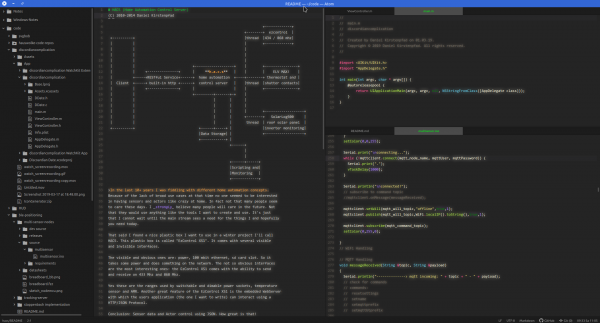
This way – I just took a count – I noted down 364.416 words in the last 1.5 years on my current job (equals to about 46 hours of average speed reading…).
Along side those simple text notes and bullet lists I am doing very simple tables as well as ASCII scribbles in Markdown as well. With the right tools it’s extremely easy and much faster than booting up the Powerpoint or worse.
When you have all in Markdown you then can freely stylesheet away and convert to handy PDF files as well. All even with embedded images if you so desire.
But even if you sit on that treasure trove of Markdown there comes the time when you wish you could convert your scribbles to graphics. Even if it is for the sole reason to not have to draw it again for that fancy Powerpoint slide deck.
You’ve got multiple options to accomplish this:
svgbob is at first a command line tool that got a recent level-up with a proper web-frontend:
When given Markdown it creates graphics. In the picture above the input is on the left and the svgbob output on the right (as SVG).
Markdeep is the alternative. Which of both work for your case depends on that specific case. Knowing and using both properly is the best way.
from now on console emulation will look much better
A modder going by the handle DerKoun has released an “HD Mode 7” patch for the accuracy-focused SNES emulator bsnes. In their own words, the patch “performs Mode 7 transformations… at up to 4 times the horizontal and vertical resolution” of the original hardware.
The results, as you can see in the above gallery and the below YouTube video, are practically miraculous. Pieces of Mode 7 maps that used to be boxy smears of color far in the distance are now sharp, straight lines with distinct borders and distinguishable features. It’s like looking at a brand-new game.
ArsTechnica
Smile
make your own Game Boy game
GB Studio is a free and easy to use retro adventure game creator for Game Boy available for Mac, Linux and Windows. For more information see the GB Studio site
https://github.com/chrismaltby/gb-studio
Michelin Guide Restaurants in Tokyo
You are likely aware of the existence of the “Michelin Guide“.
Michelin Guides are a series of guide books published by the French tyre company Michelin for more than a century. The term normally refers to the annually published Michelin Red Guide, the oldest European hotel and restaurant reference guide, which awards up to three Michelin stars for excellence to a select few establishments.
Wikipedia
You might also be aware that Tokyo is the city with the highest density of Michelin star rated restaurants. Nice, eh?
A purchase of this guide is recommended in any case but these days people also need something they can intuitively use and which integrates into already existing workflows.
These people, like myself, need a map and maybe more details in a machine readable, filterable spreadsheet.
And as time goes on it might be quite useful to have all the sources that lead to these great tables and maps. Sources that allow you to crawl and grab these information.
A script that crawls Tokyo-based michelin guide establishments and saves it into a JSON file. I personally did this project so I can plan my tokyo trip based on the cheapest and most-renowned restaurants,
Michelin Guide Crawler on GitHub
Swappiness is a thing, as is cache pressure
We know that using swap space instead of RAM (memory) can severely slow down the performance of Linux. So then, one might ask, since I have more than enough memory available, wouldn’t it better to remove swap space completely? The short answer is, No. There are performance benefits when swap is enabled, even when you have more than enough ram.
Why you should almost always add swap space
vfs_cache_pressure – Controls the tendency of the kernel to reclaim the memory which is used for caching of directory and inode objects. (default = 100, recommend value 50 to 200)
swappiness – This control is used to define how aggressive the kernel will swap memory pages. Higher values will increase aggressiveness, lower values decrease the amount of swap. (default = 60, recommended values between 1 and 60) Remove your swap for 0 value, but usually not recommended in most cases.
https://access.redhat.com/solutions/103833
As I’ve now brought up the topic, go ahead and read the complete story at the source.
Tesla autopilot feature request

Pointing and Calling (指差喚呼)
When you are travelling Japan you will observe very interesting things while using public transport. In a train or a bus the driver is likely to talk and seemingly magically point with his finger and wave his hand.
You will very likely observe a behavior that might not make sense at first but is fascinating to see. And all is to ensure the safety of the vehicle and all it’s passengers.
It might look like this:
Pointing and calling is a method in occupational safety for avoiding mistakes by pointing at important indicators and calling out the status. It is common in Japan and railways of China. It is sometimes referred to by its Japanese terms, shisa kanko (指差喚呼), shisa kakunin kanko (指差確認喚呼) or yubisashi koshō (指差呼称).
Making large gestures and speaking out the status helps keeping focus and attention. The method was first used by train drivers and is now commonly used in Japanese industry.
It is recommended by the Japan Industrial Safety and Health Association (JISHA, 中央労働災害防止協会)
.
Wikipedia
Pointing and calling requires co-action and co-reaction among the operator’s brain, eyes, hands, mouth, and ears.
procedural generated traditional Chinese landscape scrolls
{Shan, Shui}* is inspired by traditional Chinese landscape scrolls (such as this and this) and uses noises and mathematical functions to model the mountains and trees from scratch. It is written entirely in javascript and outputs Scalable Vector Graphics (SVG) format.
https://github.com/LingDong-/shan-shui-inf
This is quite impressive and I am thinking about pushing that into the header of this blog :-) It’s just too nice looking to pass on.
file from the far future
I ran a VVV job to catalog a storage array I have. To my surprise at least one file had a very very strange timestamp:
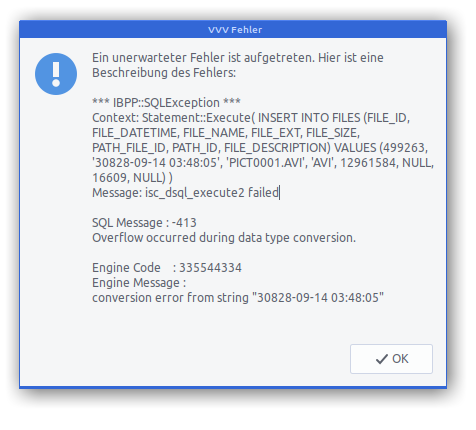
Apparently the file in question was generated on an action cam which had lost its correct date and time setting at the time of recording…
The tool I am using to catalogue the storages is also worth a mention:
VVV is an application that catalogs the content of removable volumes like CD and DVD disks for off-line searching. Folders and files can also be arranged in a single, virtual file system. Each folder of this virtual file system can contain files from many disks so you can arrange your data in a simple and logical way.
about VVV
VVV also stores metadata information from audio files: author, title, album and so on. Most audio formats are supported.
let AI convert videos to comic strips for you
Artificial Intelligence is used more and more to achieve tasks only humans could do before. Especially in the areas that need a certain technique to be mastered AI goes above and beyond what humans would be able to do.
In this case a team has implemented something that takes video inputs and generates a comic strip from this input. Imagine it to look like this:
In this paper, we propose a solution to transform a video into a comics. We approach this task using a
Paper
neural style algorithm based on Generative Adversarial Networks (GANs).
They even made a nice website you can try it yourself with any YouTube Video you want:
Thanks for 55997 hours of continuous service
Every once in a while a hard drive fails in our house. Since all is setup to tolerate one or more failed drives no data was lost with this incident.
This drive especially gives reason to look back as it is more old with more than 6 years of continuously being powered up.
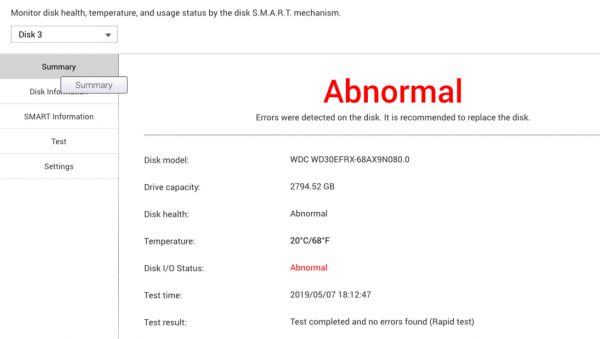
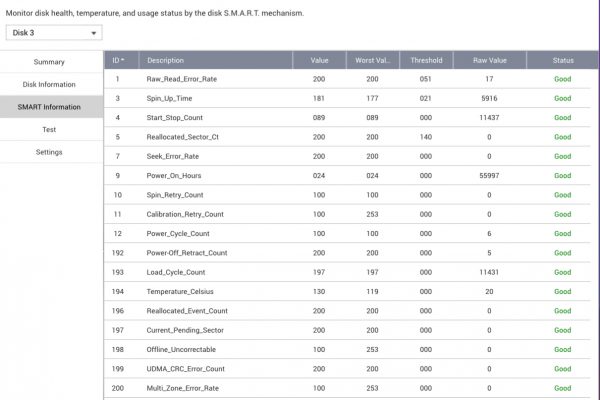
Japan family trip April 2019 (part 15)
“Kowloon Walled City” themed arcade in Kawasaki (あなたのウエアハウス)
While we were visiting Japan we usually stay quite close to Kawasaki. And with some hints we found that a replication of “Kowloon Walled City” had been put up as a video game arcade there.
Kowloon Walled City was a largely ungoverned, densely populated settlement in Kowloon City, Hong Kong. Originally a Chinese military fort, the Walled City became an enclave after the New Territories was leased to Britain by China in 1898. Its population increased dramatically following the Japanese occupation of Hong Kong during World War II. By 1990, the walled city contained 50,000 residents within its 2.6-hectare (6.4-acre) borders.
Wikipedia: Kowloon Walled City
A partial recreation of the Kowloon Walled City exists in the Anata No Warehouse, an amusement arcade that opened in 2009 in the Japanese suburb of Kawasaki, Kanagawa. The designer’s desire to accurately replicate the atmosphere of the Walled City is reflected in the arcade’s narrow corridors, electrical wires, pipes, postboxes, sign boards, neon lights, frayed posters, and various other small touches that
Wikipedia: Anata No Warehouse
I did not know a lot about the Kowloon Walled City before we found this arcade. And it’s – as you can imagine – a very colorful reproduction of the ambiance that you – according to documentations and reports from the time – would have experienced. Especially in the entrance area, the theming of the rooms and some game cabinets as well as for example the rest-rooms.
Of course there is a full blown quite nice but – as it is good custom – extremely noisy arcade in there as well. We’ve easily ‘lost’ 3 hours in there. Be aware that smoking is allowed in these places in Japan.
The first floor contained the UFO catcher machines and a good portion of vintage and modern arcade cabinets. I’ve had a go and Gradius and greatly enjoyed it. There’s a battery of Mech-Pods as well as racing and rythm games.
The second floor had lots of pachinko and other medal and slot machines. Even more noise than any arcade cabinets could do.
The third floor finally contains Dart and Snooker / Billard tables.
All in all it was one of the nicer arcades. Much nicer than others because there was a lot more room. It did not feel half als claustrophobic as an arcade usually feels in Japan.
Hyper-realistic train on canvas
I mentioned this hyper realistic painting of a japanese train previously. And now this painting has been printed on canvas and is on our wall:
